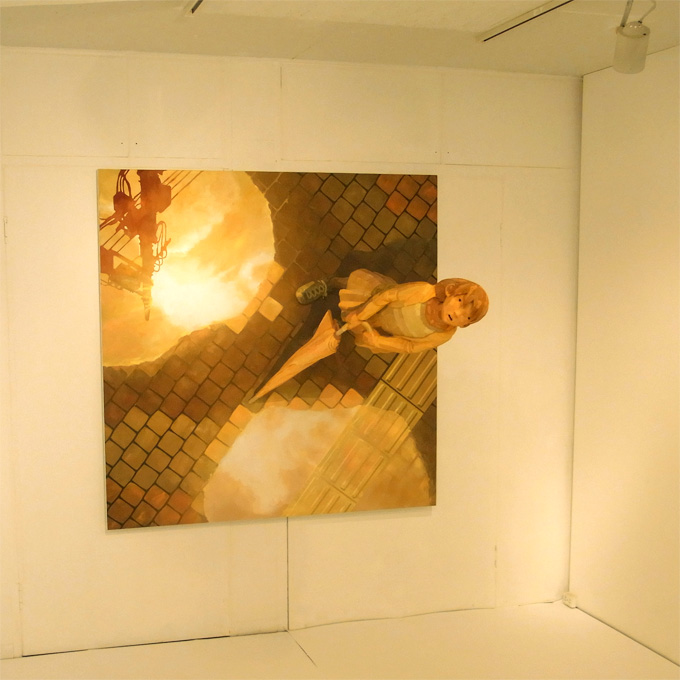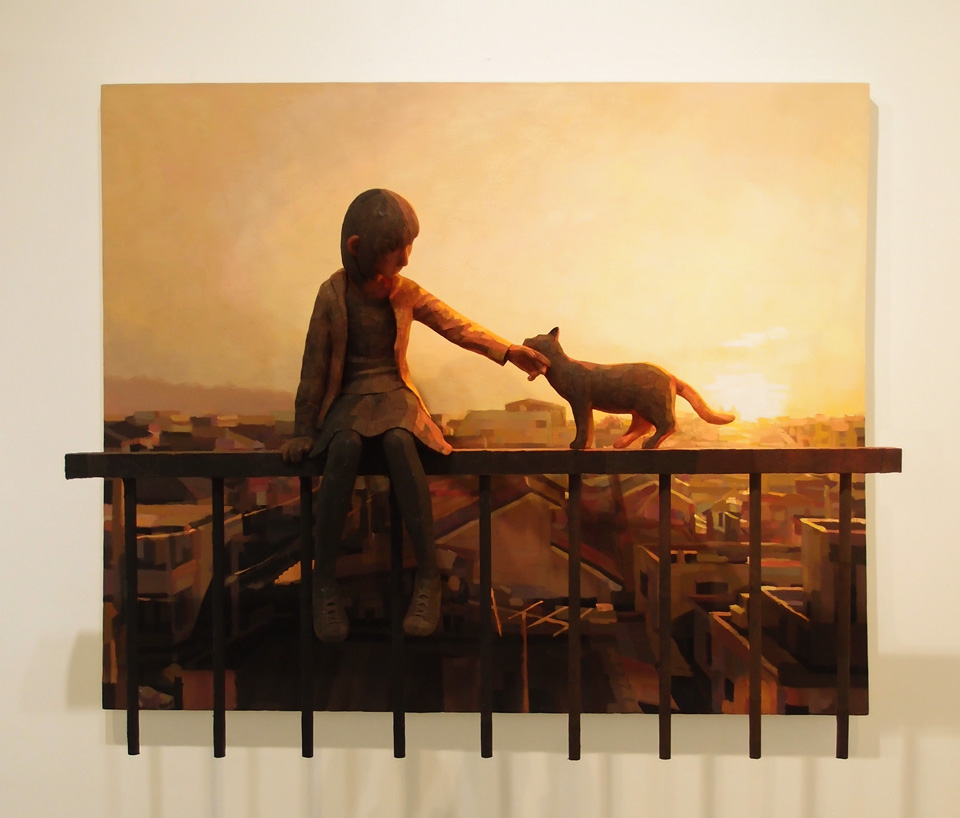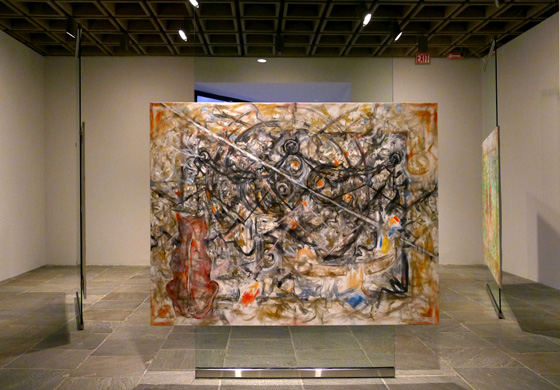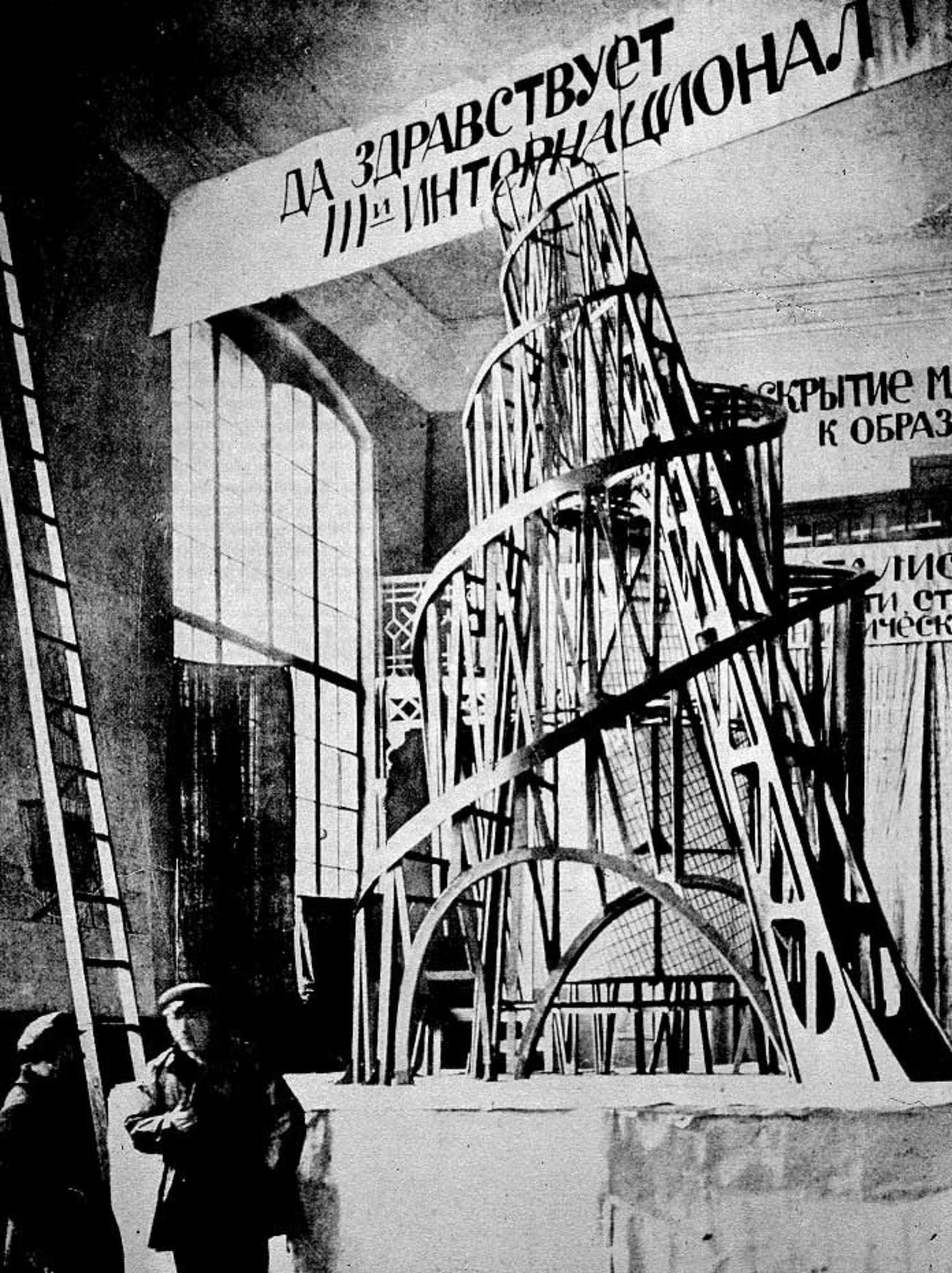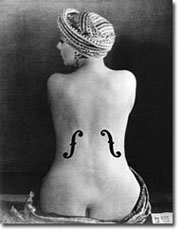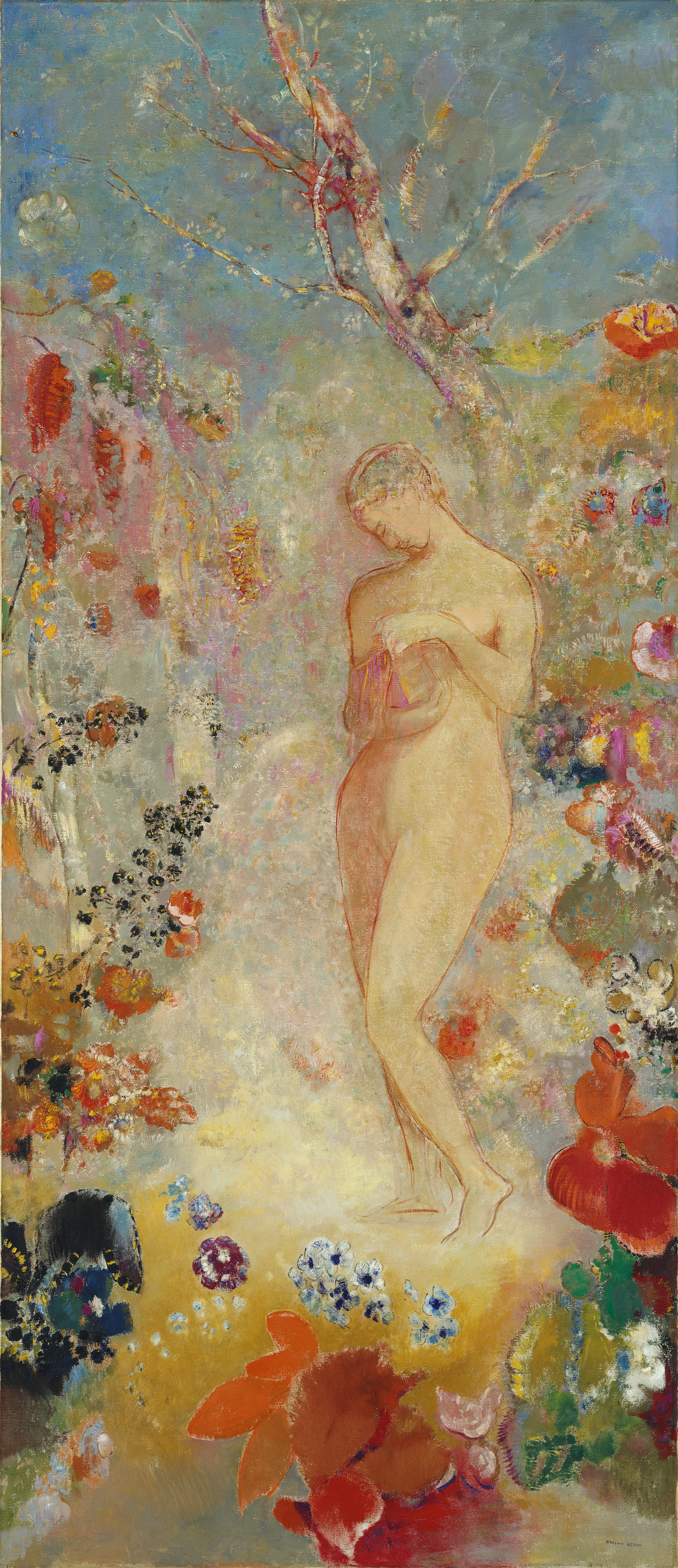“poetic without poetry, mystic without mysticism”.
Born Moishe Shagal in Belarus, which was then part of the Russian Empire, in 1887. Jews were ostracized within their communities and could not attend "regular" Russian schools and universities. Marc got his early education from Jewish religious school. He was able to attend a Russian high school after his mother bribed the headmaster. There, he saw someone drawing. Not having any art in his own home to have referenced, the process fascinated him. He asked his fellow student how he could draw, and the student told him to find a book in the library to copy the pictures from. He realized he wanted to be a painter. He is arguably one of the most successful artists of the twentieth century. An early modernist who dabbled in the Cubist, Symbolist and Fauvist styles.
"When Matisse dies," Pablo Picasso remarked in the 1950s, "Chagall will be the only painter left who understands what colour really is"
modernist, creat
Born Moishe Shagal in Belarus, which was then part of the Russian Empire, in 1887. Jews were ostracized within their communities and could not attend "regular" Russian schools and universities. Marc got his early education from Jewish religious school. He was able to attend a Russian high school after his mother bribed the headmaster. There, he saw someone drawing. Not having any art in his own home to have referenced, the process fascinated him. He asked his fellow student how he could draw, and the student told him to find a book in the library to copy the pictures from. He realized he wanted to be a painter. He is arguably one of the most successful artists of the twentieth century. An early modernist who dabbled in the Cubist, Symbolist and Fauvist styles.
"When Matisse dies," Pablo Picasso remarked in the 1950s, "Chagall will be the only painter left who understands what colour really is"
modernist, creat




